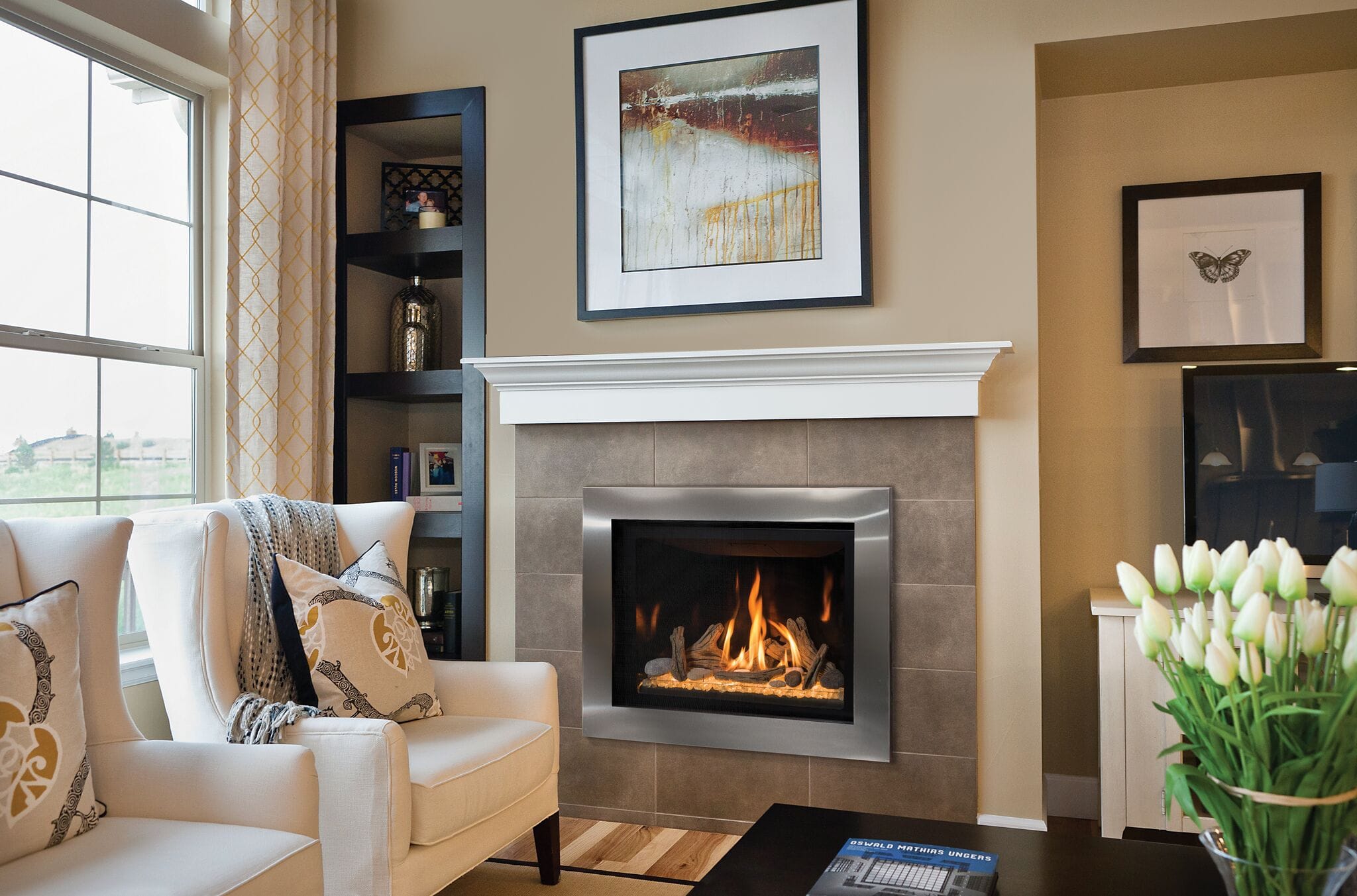

Articles
How Does Fireplace Work
Modified: January 8, 2024
Discover how fireplaces work with our informative articles. Learn about the different types, maintenance tips, and more to keep your fireplace running smoothly.
(Many of the links in this article redirect to a specific reviewed product. Your purchase of these products through affiliate links helps to generate commission for Storables.com, at no extra cost. Learn more)
Introduction
A fireplace has long been a centerpiece of warmth and comfort in homes, providing not only heat but also a cozy ambiance that brings people together. But have you ever wondered how a fireplace actually works? In this article, we will delve into the inner workings of a fireplace, exploring its components, the combustion process, the types of fireplaces available, ventilation and chimney systems, as well as safety measures and maintenance tips.
At its core, a fireplace is designed to safely contain and control a fire, ensuring that it provides heat without causing any harm to the surrounding area. It is a combination of various components that work together to create the perfect environment for a controlled burn.
The primary components of a fireplace include the firebox, the hearth, and the chimney. The firebox is where the fire is contained, while the hearth serves as the foundation and protection for the firebox. The chimney, on the other hand, is responsible for venting out the byproducts of combustion, such as smoke and gases.
Now, let’s dive into the fascinating world of fireplace operation and understand how it all comes together.
Key Takeaways:
- Understanding the components, fuel sources, and combustion process of a fireplace is crucial for safe and efficient operation, ensuring warmth and ambiance without compromising on safety.
- Regular maintenance, proper ventilation, and adherence to safety measures are essential for enjoying the benefits of a fireplace while safeguarding your home and loved ones.
Read more: How Does Electric Fireplace Work
Components of a Fireplace
A fireplace consists of several essential components that work together to create a functional and efficient heating system. Understanding these components will help you appreciate the inner workings of a fireplace and ensure its proper maintenance.
1. Firebox: The firebox is the area where the fire is contained. It is typically made of fireproof materials such as brick or metal and is designed to withstand high temperatures. The firebox serves as the enclosure for the combustion process, ensuring that the fire remains contained and doesn’t pose a danger to the surrounding area.
2. Hearth: The hearth is the floor of the fireplace, usually made of non-combustible materials like stone or tile. It provides a protective barrier between the firebox and the flooring of the room. The hearth also serves as a decorative element, adding warmth and visual appeal to the fireplace.
3. Chimney: The chimney is the pathway through which the combustion byproducts, such as smoke and gases, are safely vented out of the house. It is usually constructed with brick or metal and extends from the top of the fireplace to the exterior of the building. The chimney ensures proper airflow and prevents the buildup of harmful substances inside the house.
4. Flue: The flue is the inner lining of the chimney that helps guide the combustion byproducts out of the house. It also helps to insulate the chimney and protect it from extreme heat. The flue may be made of clay, metal, or other suitable materials, depending on the type of fireplace.
5. Damper: The damper is a movable plate or valve located in the chimney. It controls the airflow and regulates the intensity of the fire. By adjusting the damper, you can increase or decrease the amount of oxygen supplied to the fire, thus controlling its heat output.
6. Grate: The grate is a metal or cast iron structure that sits inside the firebox and elevates the fire off the ground. It allows for proper air circulation, helping the fire burn more efficiently. The grate also provides a stable platform for holding logs or other fuel sources.
7. Ash Pit: Some fireplaces have an ash pit located beneath the firebox. This pit collects the ashes and debris from burning fuel, making it easier to clean and maintain the fireplace. It is important to regularly remove the ashes from the ash pit to maintain proper airflow and prevent the accumulation of flammable materials.
Understanding the components of a fireplace is crucial for its proper functioning and maintenance. Regular inspection and cleaning of these components will ensure that your fireplace operates safely and efficiently, providing you with years of warmth and comfort.
Fuel Source
The fuel source is a vital component of a fireplace as it determines the type of fire and the heat output. There are several options when it comes to fuel sources for fireplaces, each with its own characteristics and advantages. Let’s explore the most common fuel sources used in fireplaces:
1. Wood: Wood is the traditional and most popular fuel source for fireplaces. It provides a natural and authentic fire experience with a crackling sound and mesmerizing flames. Seasoned hardwood, such as oak or maple, is commonly used as it burns hotter and longer. However, wood-burning fireplaces require regular maintenance, including chopping and stacking wood, and removing ash and debris.
2. Gas: Gas fireplaces have gained popularity due to their convenience and ease of use. Natural gas or propane is used as the fuel source, and the fire is ignited with the flick of a switch or the push of a button. Gas fireplaces offer adjustable heat settings and flame control, making them a convenient option for heating without the hassle of wood. They also produce less smoke and ash, reducing the maintenance required.
3. Electric: Electric fireplaces are a modern alternative to traditional fireplaces. They use electricity as the fuel source and utilize LED lights and fans to create a realistic flame effect. Electric fireplaces are easy to install, require no venting or chimney, and offer precise control over heat output. They are also energy-efficient and do not produce any emissions or smoke. However, they may not provide the same warmth as wood or gas fireplaces.
4. Pellets: Pellet fireplaces use small pellets made from compressed sawdust or wood shavings as the fuel source. These pellets are loaded into a hopper connected to the fireplace, and an automated system feeds them into the fire as needed. Pellet fireplaces provide a balance between the convenience of gas fireplaces and the ambiance of wood fireplaces. They offer high heat output and clean burning, with minimal ash production.
When choosing a fuel source for your fireplace, consider factors such as availability, cost, convenience, and environmental impact. It’s important to follow proper installation and safety guidelines for each type of fuel source to ensure optimal performance and minimize the risk of accidents.
Regardless of the fuel source, always exercise caution and adhere to safety measures when operating a fireplace to prevent fires and protect the well-being of your home and loved ones.
Combustion Process
Understanding the combustion process is crucial to comprehend how a fireplace effectively generates heat and produces flames. Combustion is a chemical reaction that occurs between a fuel source and oxygen, resulting in the release of heat, light, and combustion byproducts. Let’s explore the steps involved in the combustion process in a fireplace:
1. Ignition: The first step in the combustion process is the ignition of the fuel source. In a wood-burning fireplace, the fire is started by lighting kindling or paper beneath the logs. For gas or electric fireplaces, the ignition is controlled by a switch or control panel.
2. Fuel Oxidation: Once the fuel source is ignited, it undergoes oxidation, also known as the burning process. During oxidation, the fuel combines with oxygen from the air, releasing energy in the form of heat and light. In this reaction, the carbon in the fuel combines with oxygen to produce carbon dioxide (CO2), and the hydrogen combines with oxygen to produce water vapor (H2O).
3. Combustion byproducts: Along with heat and light, combustion also produces byproducts, such as smoke, gases, and ash. These byproducts are carried up through the chimney and vented out of the house to maintain indoor air quality. Proper ventilation is essential to ensure the safe removal of combustion byproducts.
4. Flame Formation: The heat energy generated during combustion causes the fuel to vaporize and form flames. Flames are the visible result of the combustion process, characterized by the glowing gases and the movement of air currents. The color and intensity of the flames can vary depending on the type of fuel source and the presence of impurities.
5. Heat Radiation: As the flames dance and flicker, they emit radiant heat into the surrounding space. This radiant heat warms up the room and creates a cozy and comfortable environment. The heat is transferred by electromagnetic radiation, which does not rely on direct contact.
6. Heat Convection: In addition to radiant heat, the combustion process also generates convective heat. Convective heat is the flow of warm air rising from the fire and circulating throughout the room. This warm air creates convection currents, distributing heat evenly and increasing the overall temperature in the area.
The combustion process is a complex chemical reaction that requires the right balance of fuel, oxygen, and heat. It is essential to maintain proper airflow and ventilation to ensure a clean and efficient burn. Regular cleaning and maintenance of the fireplace components are necessary to optimize the combustion process and prolong the lifespan of your fireplace.
Types of Fireplaces
Fireplaces come in various types, each offering unique features, styles, and fuel options to suit different preferences and needs. Let’s explore some of the most common types of fireplaces:
- Wood-Burning Fireplace: The traditional wood-burning fireplace is a classic choice, adding a rustic and cozy feel to any space. It relies on burning logs or seasoned firewood as the fuel source, providing a natural and authentic flame. Wood-burning fireplaces require a chimney for ventilation and regular maintenance to remove ashes and ensure proper airflow. They offer a high level of heat output but require more effort in terms of wood preparation and cleaning.
- Gas Fireplace: Gas fireplaces have gained popularity due to their convenience and efficiency. They use natural gas or propane as the fuel source, offering instant heat with the push of a button or the flip of a switch. Gas fireplaces provide adjustable flame settings and heat control, allowing for easy temperature regulation. They require less maintenance compared to wood-burning fireplaces, as there are no ashes or wood debris to clean. Gas fireplaces can be vented through a chimney or can use direct venting, which eliminates the need for a traditional chimney by venting directly through an exterior wall.
- Electric Fireplace: Electric fireplaces are a versatile and modern option that doesn’t require any venting or fuel source other than electricity. They use LED lights and fans to create a realistic flame effect, providing a visual experience without the actual combustion. Electric fireplaces offer convenience, as they can be easily installed, controlled with a remote or a smartphone, and offer customizable flame settings and heat output. They are also energy-efficient and do not produce any emissions or smoke.
- Ethanol Fireplace: Ethanol fireplaces, also known as bioethanol fireplaces, run on a renewable and eco-friendly fuel source called ethanol. These fireplaces offer the flexibility of being portable and requiring no venting or chimney. Ethanol fireplaces burn cleanly and do not produce smoke or ashes. They provide a real flame experience with minimal maintenance, but it’s important to handle and store ethanol fuel properly to ensure safety.
- Pellet Fireplace: Pellet fireplaces use compressed wood pellets as the fuel source. These small pellets are fed into the firebox automatically through an auger system. Pellet fireplaces produce a high level of heat and burn efficiently, with low emissions. They require electricity to operate the feeding mechanism and often require a venting system for proper ventilation.
When choosing the type of fireplace that suits your needs, consider factors such as the availability of fuel sources, heating efficiency, maintenance requirements, and aesthetic appeal. It’s also important to follow installation guidelines and safety measures provided by the manufacturer and consult with professionals if needed.
Regardless of the type of fireplace you choose, it will undoubtedly create a warm and inviting atmosphere that brings comfort and joy to your home.
Make sure the flue is open before starting a fire in the fireplace to allow smoke to escape. Close it once the fire is out to prevent drafts.
Read more: How Does A Gas Fireplace Work
Ventilation and Chimney
Proper ventilation is crucial in a fireplace to ensure the safe and efficient operation of the combustion process. A well-designed chimney and ventilation system play a vital role in ensuring the effective removal of combustion byproducts, such as smoke and gases, from the house. Let’s explore the importance of ventilation and the components of a chimney:
Ventilation:
1. Chimney: The chimney is a vertical structure that extends from the fireplace to the roof of the building. It provides a pathway for the combustion byproducts, allowing them to escape to the outside. A well-built chimney has a proper draft that creates a natural airflow, facilitating the movement of smoke and gases upwards and out of the house.
2. Flue: The flue is the inner lining of the chimney that helps guide the combustion byproducts. It is usually made of clay, metal, or other suitable materials. The flue also helps insulate the chimney and protect it from extreme heat. The size and condition of the flue play a vital role in maintaining proper airflow and ventilation.
3. Damper: The damper is a movable plate or valve located in the chimney. It controls the airflow by opening or closing it. The damper can be adjusted to regulate the intensity of the fire and control the heat output. When the fireplace is not in use, the damper should be closed to prevent drafts and heat loss.
Ventilation Requirements:
1. Draft: A good draft is essential for proper ventilation. It is the flow of air through the fireplace and chimney system. A strong draft ensures that the combustion byproducts are efficiently transported out of the house, reducing the risk of smoke and gases entering the living space. It is important to maintain a balanced draft to prevent issues like backdrafts or poor combustion.
2. Clearances: Adequate clearances around the fireplace and chimney are necessary to ensure proper airflow. There should be enough space for the surrounding materials, such as walls and ceilings, to prevent overheating and ensure safe operation. Clearances are determined by building codes and should be followed accordingly.
3. Inspection: Regular inspection of the chimney and ventilation system is crucial to identify any blockages, damage, or deterioration. It is recommended to have the chimney inspected and cleaned by a professional on an annual basis, especially before the start of the heating season, to ensure optimal performance and safety.
Proper ventilation and a well-maintained chimney are essential for the safe and efficient operation of a fireplace. It is important to follow the manufacturer’s guidelines and consult with professionals to ensure that the ventilation system meets the specific requirements of your fireplace and local building codes.
By maintaining a well-functioning chimney and ventilation system, you can enjoy the warmth and comfort of your fireplace while ensuring the safety and well-being of your home and its occupants.
Safety Measures
A fireplace can provide warmth and ambiance to a home, but it’s important to prioritize safety when operating and maintaining this source of heat. By following proper safety measures, you can prevent accidents, protect your property, and ensure the well-being of your family. Let’s explore some essential safety precautions to keep in mind:
- Installation and Maintenance: Ensure that your fireplace is properly installed by a professional who follows local building codes and regulations. Regularly inspect and maintain the fireplace, chimney, and ventilation system to keep them in good working condition. Schedule professional inspections and cleanings annually to detect and address any potential issues.
- Fireplace Screens and Guards: Use a sturdy fireplace screen or guard to prevent sparks and embers from escaping the firebox. This will help prevent accidental fires and protect against burns. Keep children and pets at a safe distance from the fireplace by using a physical barrier.
- Proper Fuel Storage: Store fuel sources, such as firewood, pellets, or ethanol, in a safe and dry place away from the fireplace. Do not store flammable materials near the fireplace, as they can easily ignite and cause a fire hazard.
- Operating Guidelines: Follow the manufacturer’s instructions and guidelines for operating your specific type of fireplace. Use the designated controls and switches appropriately and avoid any modifications or improper use that could lead to accidents.
- Carbon Monoxide Detection: Install carbon monoxide detectors near sleeping areas and on every level of your home. Carbon monoxide is a colorless and odorless gas that can be produced by the incomplete combustion of fuel sources. These detectors will alert you to the presence of carbon monoxide, allowing you to take immediate action.
- Fire Extinguisher: Keep a fire extinguisher in a readily accessible location near the fireplace. Learn how to use it properly and ensure that it is regularly inspected and maintained. It is important to have a quick and effective means of extinguishing a fire if necessary.
- Supervised Operation: Never leave a fire unattended. Always supervise the fireplace when it is in use and make sure to extinguish the fire completely before leaving the room or going to bed. This will help prevent accidental fires and ensure your safety.
- Proper Ventilation: Ensure that your fireplace and chimney are properly ventilated to prevent the build-up of smoke and harmful gases. Make sure the chimney is clear of any obstructions and that the damper is functioning correctly. Adequate ventilation is essential for proper combustion and to maintain indoor air quality.
By following these safety measures, you can enjoy the warmth and beauty of your fireplace with peace of mind. Prioritizing safety will help prevent accidents and protect your home and loved ones. Regular maintenance, proper operation, and awareness of potential hazards will ensure the safe and enjoyable use of your fireplace for years to come.
Maintenance and Cleaning
Maintaining and cleaning your fireplace is essential for ensuring its optimal performance, extending its lifespan, and minimizing the risk of accidents. Regular maintenance and cleaning will help keep your fireplace safe, efficient, and visually appealing. Here are some key maintenance and cleaning tasks to consider:
- Regular Inspection: Schedule annual inspections by a professional to assess the condition of the fireplace, chimney, and ventilation system. They can identify any potential issues such as cracks, leaks, or blockages that may affect the safe operation of your fireplace.
- Chimney Cleaning: A dirty chimney can pose a fire hazard by increasing the risk of chimney fires. Hire a professional chimney sweep to remove creosote buildup, a highly flammable substance that can accumulate inside the chimney. They will also clean out any debris or obstructions that may hinder proper airflow.
- Ash Removal: After each use and when the ashes are cool, remove them from the firebox. Excess ash can restrict airflow and reduce the efficiency of your fireplace. Use an ash shovel or vacuum specifically designed for fireplace ash removal and dispose of the ashes in a metal container stored away from flammable materials.
- Clean the Firebox: Regularly clean the firebox to remove any loose debris, soot, or ashes. Use a fireplace brush, dustpan, and damp cloth to wipe down the interior surfaces. Be sure to wear gloves and a mask to protect yourself from soot and dust particles.
- Check for Damaged Parts: Regularly inspect the fireplace components, such as the doors, grates, and seals. Look for signs of wear, rust, or damage. Replace any worn-out or damaged parts to ensure proper functionality and safety.
- Clear Vents and Airflow: Check the vents and air intakes of your fireplace to ensure they are clear of any obstructions. Remove any debris or objects that may hinder proper airflow, as this can affect the combustion process and the efficiency of your fireplace.
- Maintain Exterior Surfaces: Clean the exterior surfaces of your fireplace regularly to maintain its aesthetic appeal. Use a mild soap and water solution or a specific cleaner recommended by the manufacturer. Avoid using abrasive materials that may damage the finish.
- Follow Manufacturer’s Guidelines: Refer to the manufacturer’s instructions regarding specific maintenance requirements for your type of fireplace. They may provide additional recommendations for cleaning products, maintenance intervals, and other crucial details.
By following these maintenance and cleaning tasks, you can ensure that your fireplace operates efficiently and safely. Regular inspections and cleanings by professionals, along with proper care and attention, will help you enjoy the warmth and beauty of your fireplace for years to come.
Conclusion
A fireplace is not only a source of warmth and comfort but also a focal point that adds charm and ambiance to any space. Understanding how a fireplace works and implementing proper maintenance and safety measures are key to enjoying its benefits while ensuring the well-being of your home and loved ones.
Throughout this article, we explored the components of a fireplace, including the firebox, hearth, chimney, and ventilation system. We discussed the various fuel sources available, such as wood, gas, electric, ethanol, and pellets, each offering unique characteristics and advantages.
We delved into the combustion process, highlighting the steps involved from ignition to heat radiation and convection. By understanding this process, you can optimize the efficiency and comfort of your fireplace.
We also explored the different types of fireplaces, ranging from traditional wood-burning fireplaces to convenient gas and electric options. By considering factors such as availability, heating efficiency, maintenance, and aesthetic appeal, you can choose the right type of fireplace that suits your preferences and needs.
Ventilation and chimney systems play a crucial role in the safe operation of fireplaces. We emphasized the importance of proper ventilation to remove combustion byproducts and maintain indoor air quality. Regular inspections, cleaning, and compliance with safety guidelines are essential to ensure optimal airflow and minimize the risk of fires and accidents.
Finally, we discussed the importance of maintenance and cleaning to keep your fireplace in top condition. From chimney cleaning and ash removal to inspecting for damaged parts and following manufacturer’s guidelines, these practices contribute to the longevity and efficient performance of your fireplace.
By implementing the safety measures, maintenance routines, and cleaning practices discussed in this article, you can enjoy the warmth, beauty, and tranquility that a well-maintained fireplace brings to your home.
Remember, whether you’re gathering with loved ones or cozying up with a good book, a fireplace is a cherished feature that enhances the comfort and ambiance of any space. With proper care and attention, your fireplace will continue to be a source of joy and relaxation for years to come.
Frequently Asked Questions about How Does Fireplace Work
Was this page helpful?
At Storables.com, we guarantee accurate and reliable information. Our content, validated by Expert Board Contributors, is crafted following stringent Editorial Policies. We're committed to providing you with well-researched, expert-backed insights for all your informational needs.
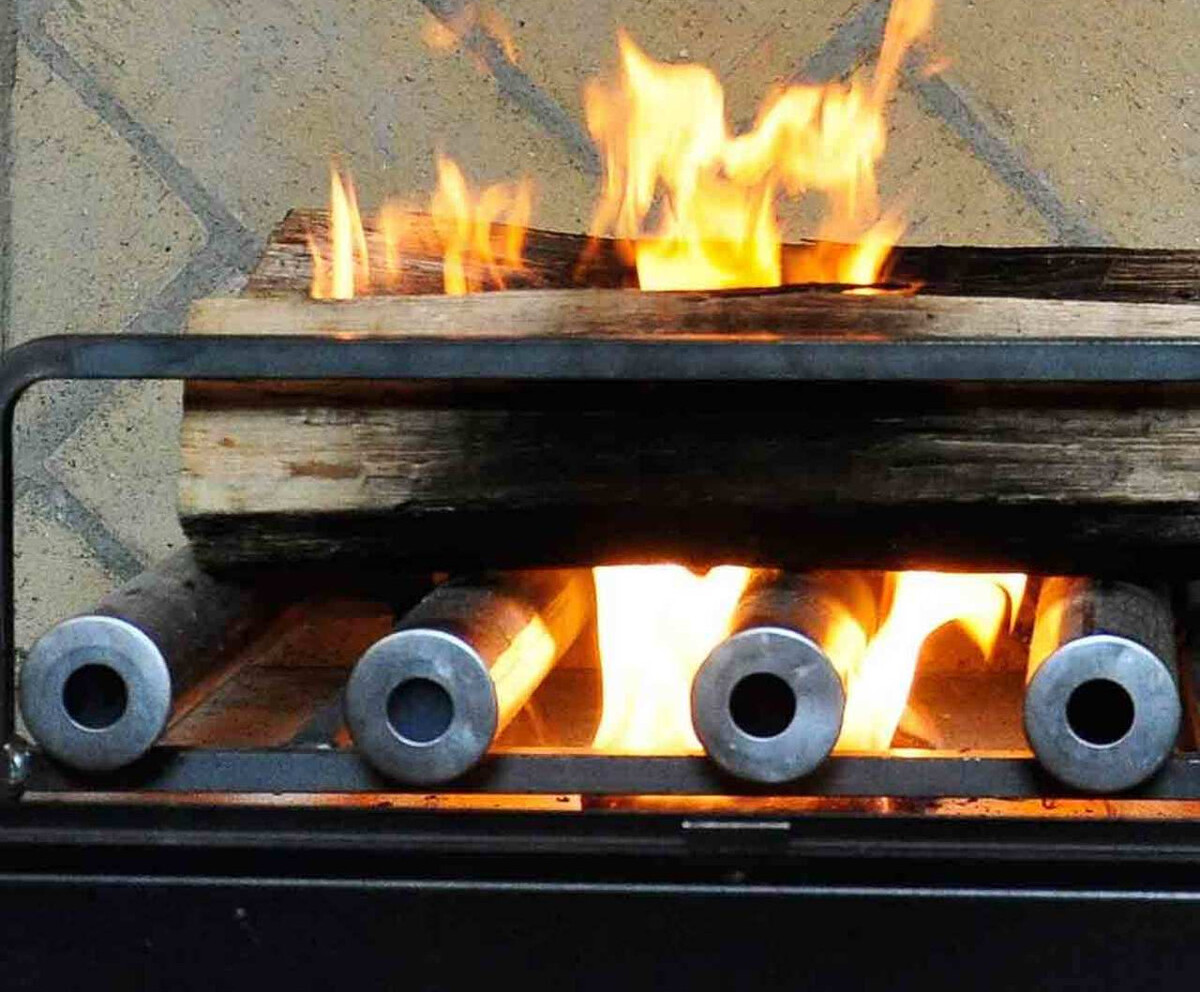
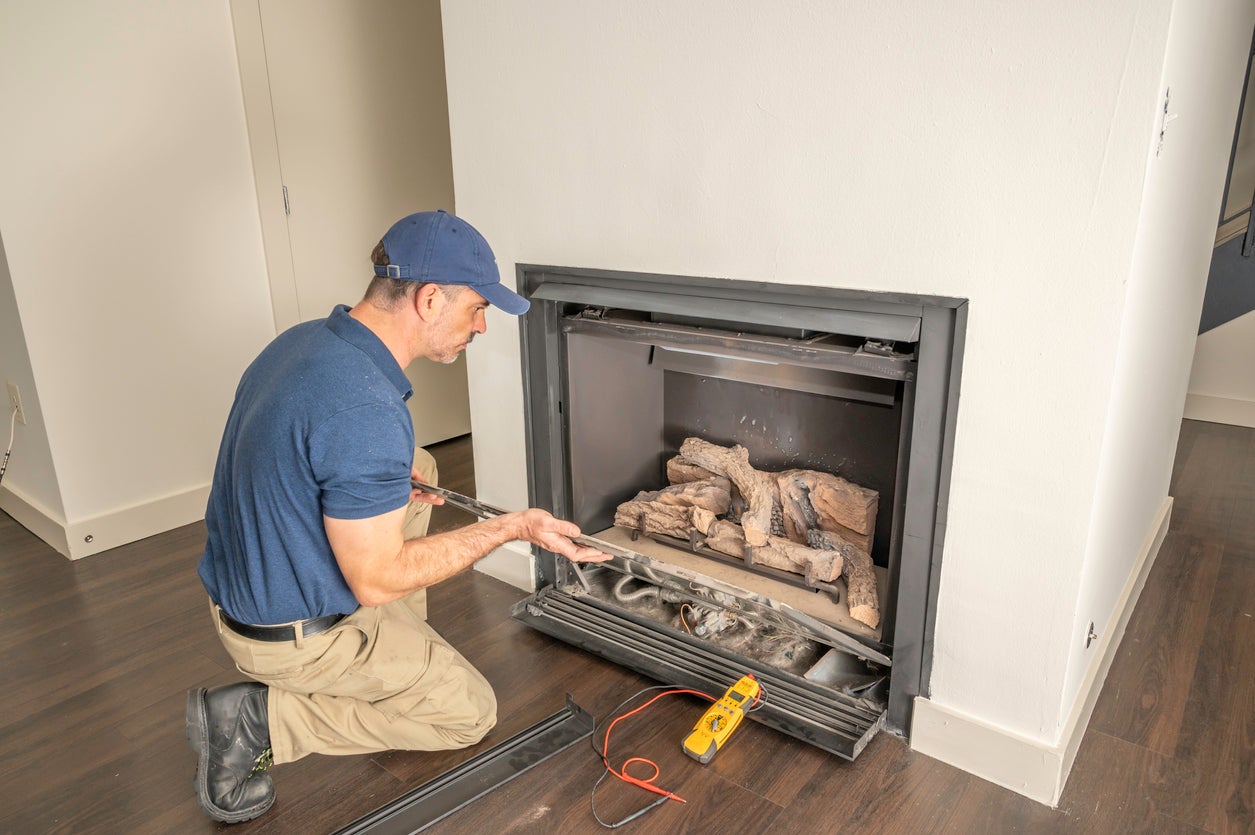
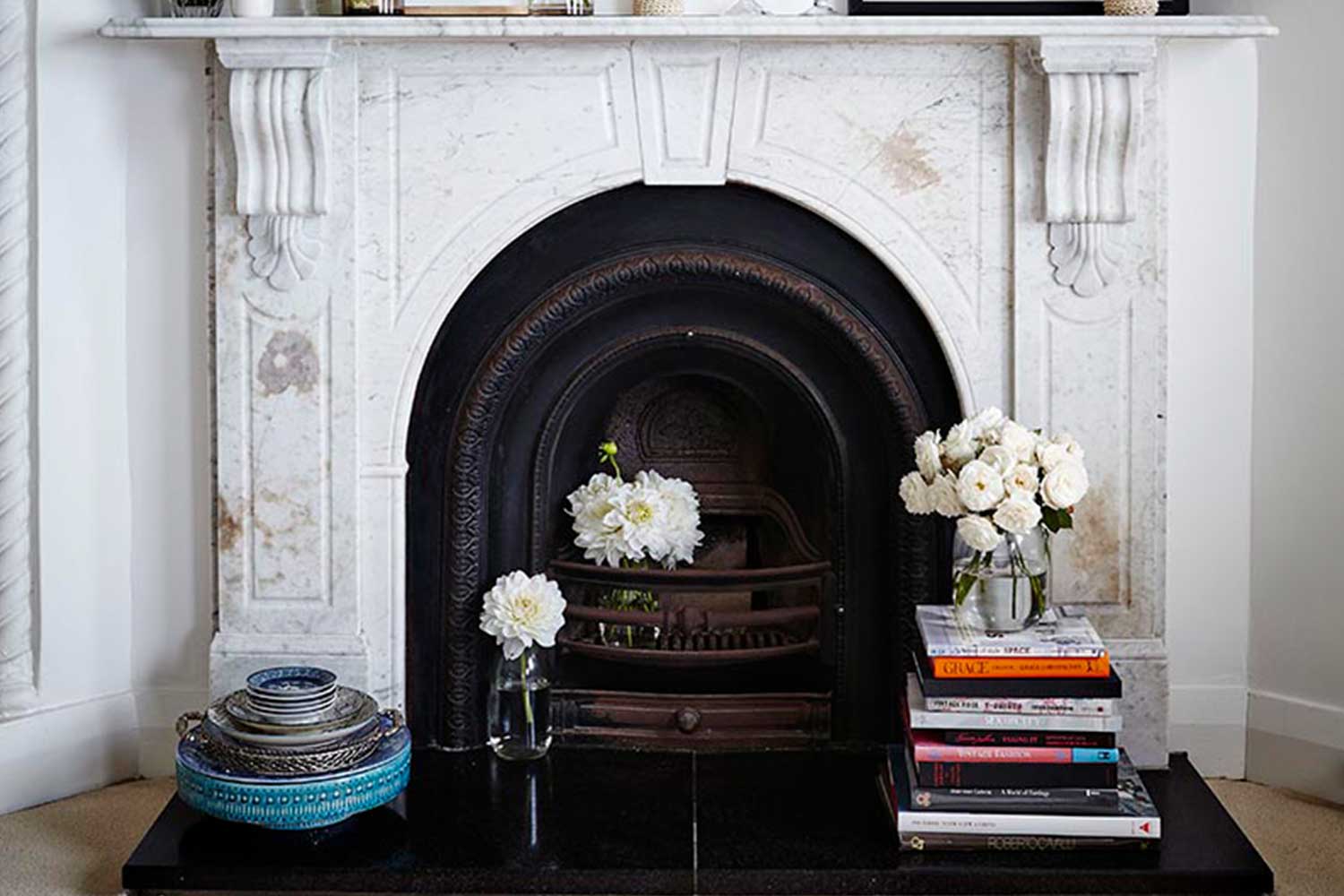
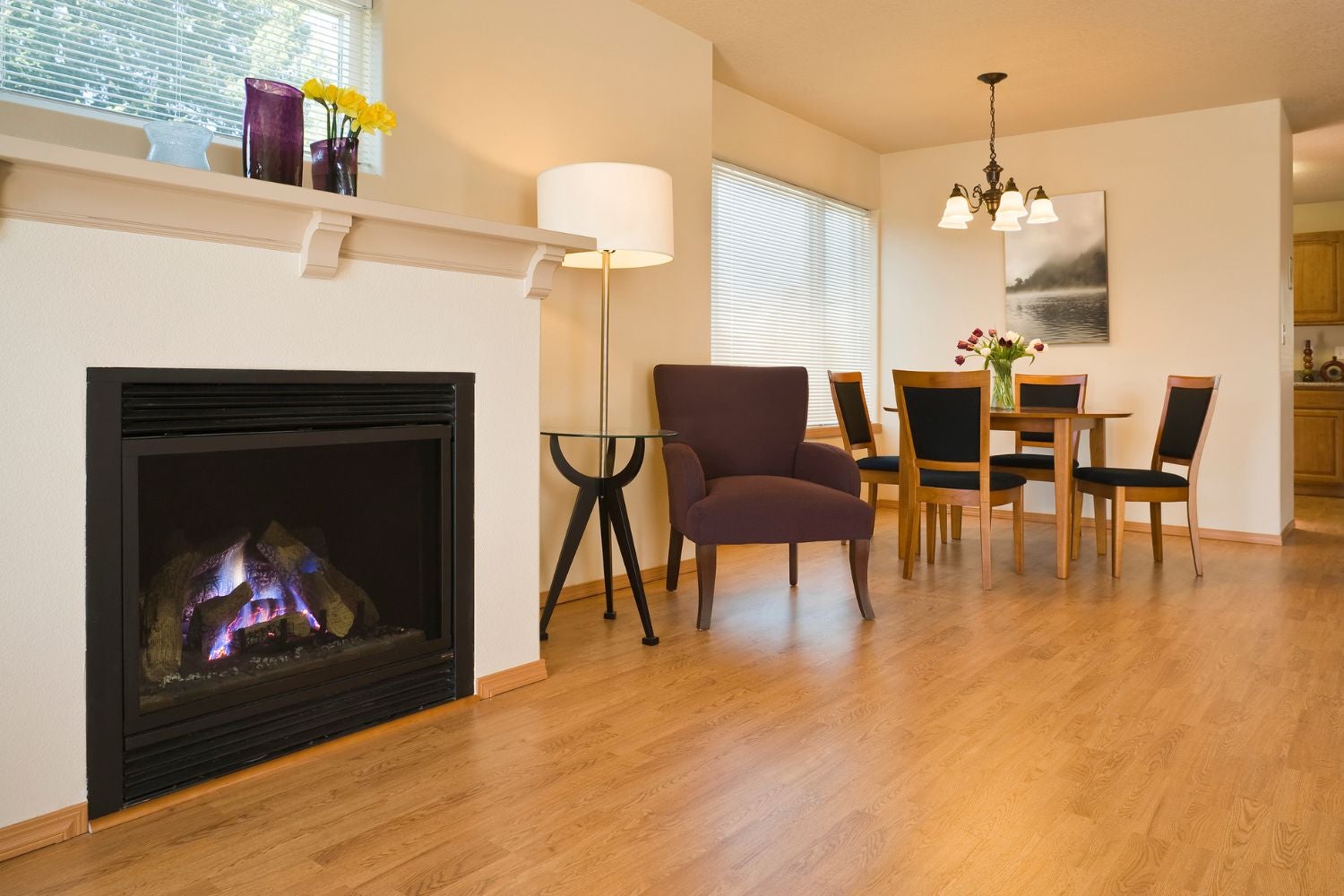
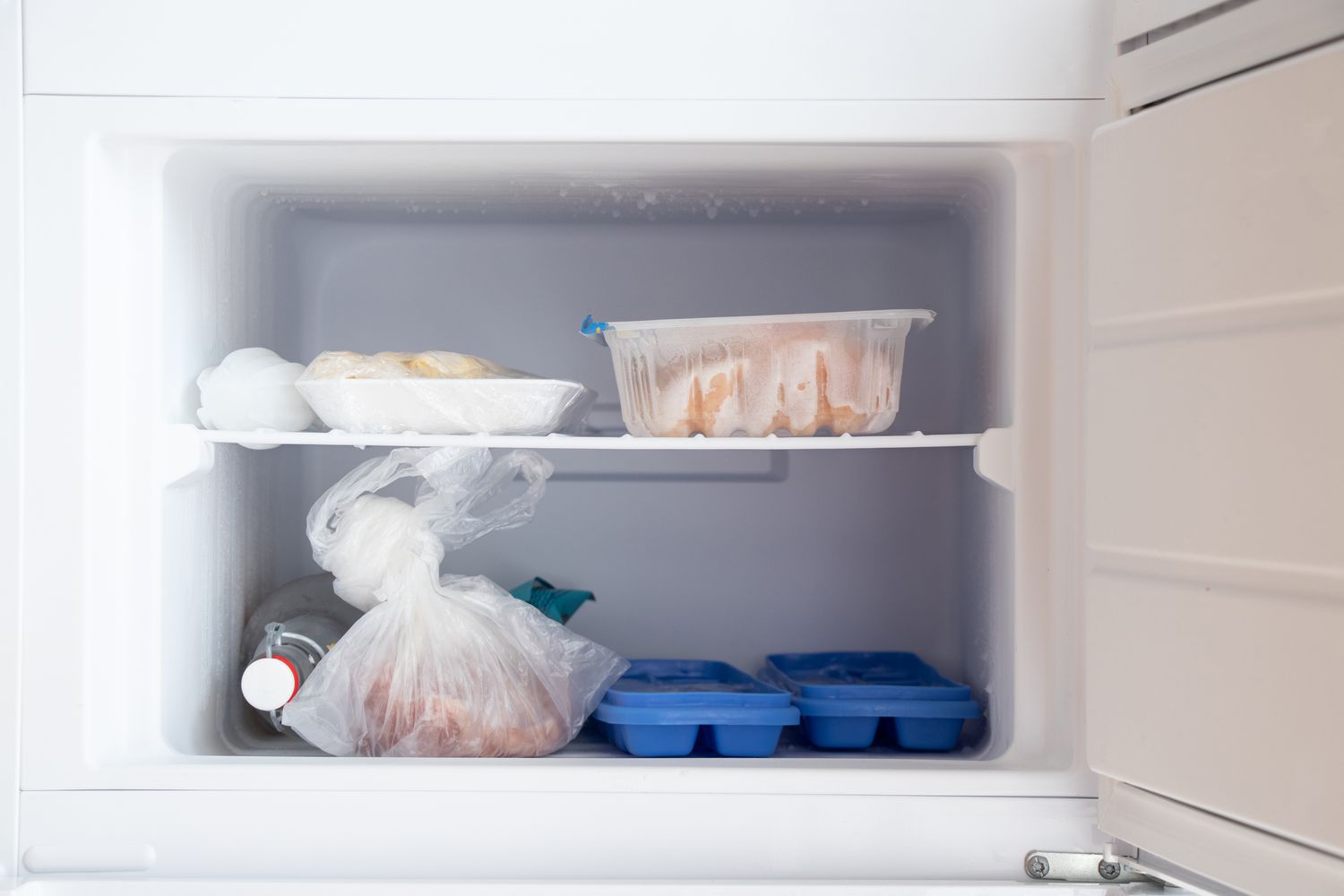

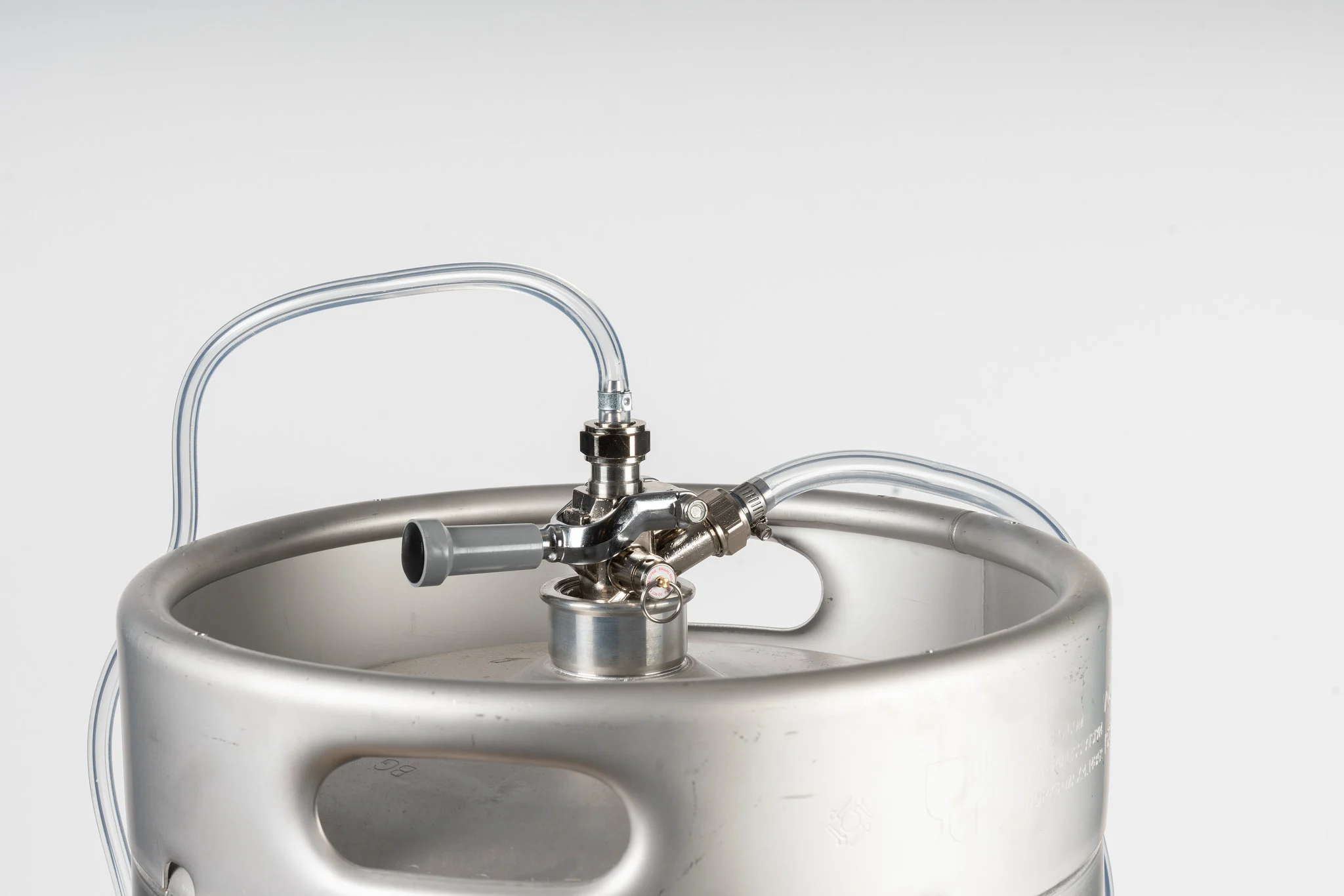


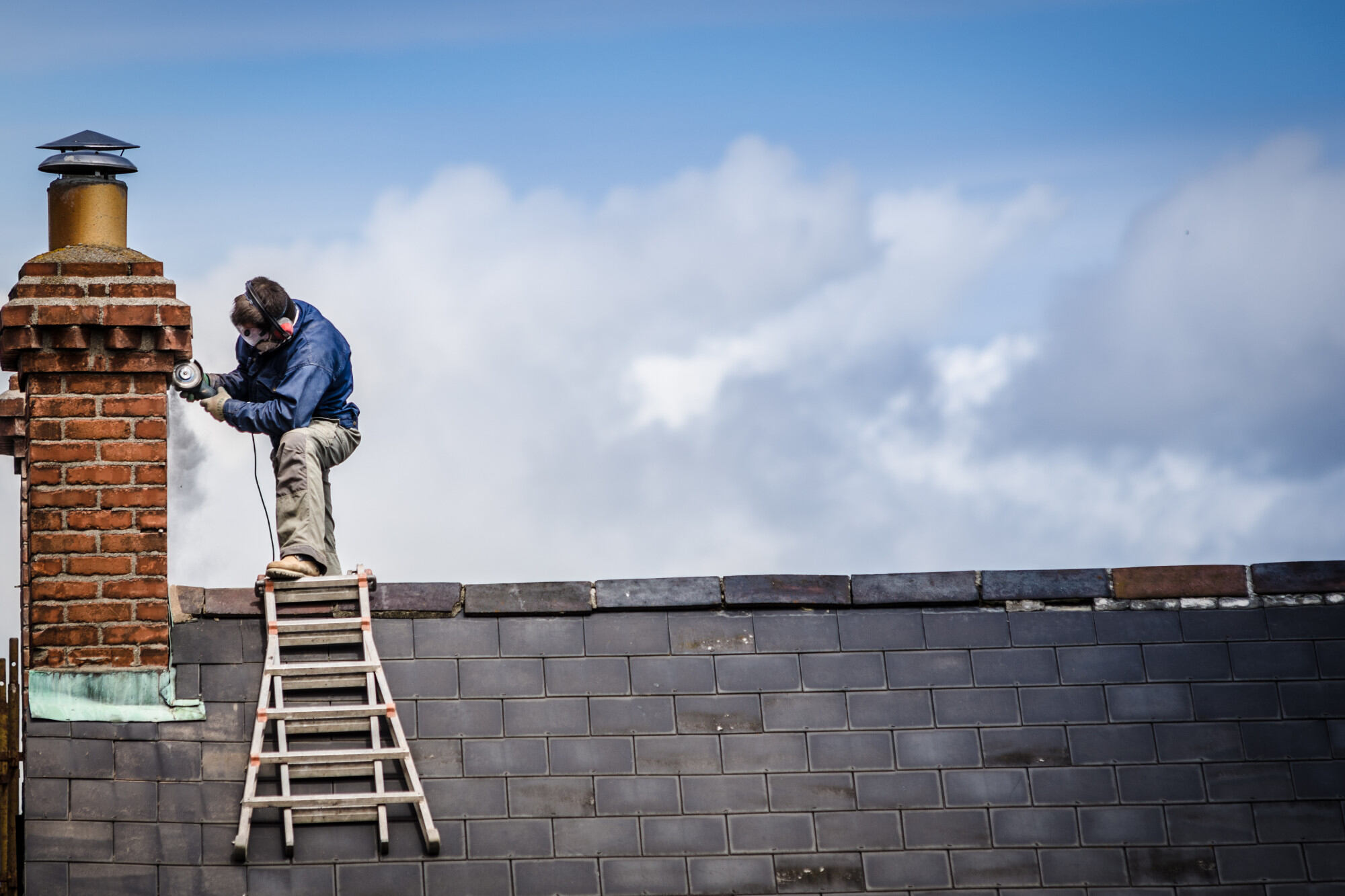
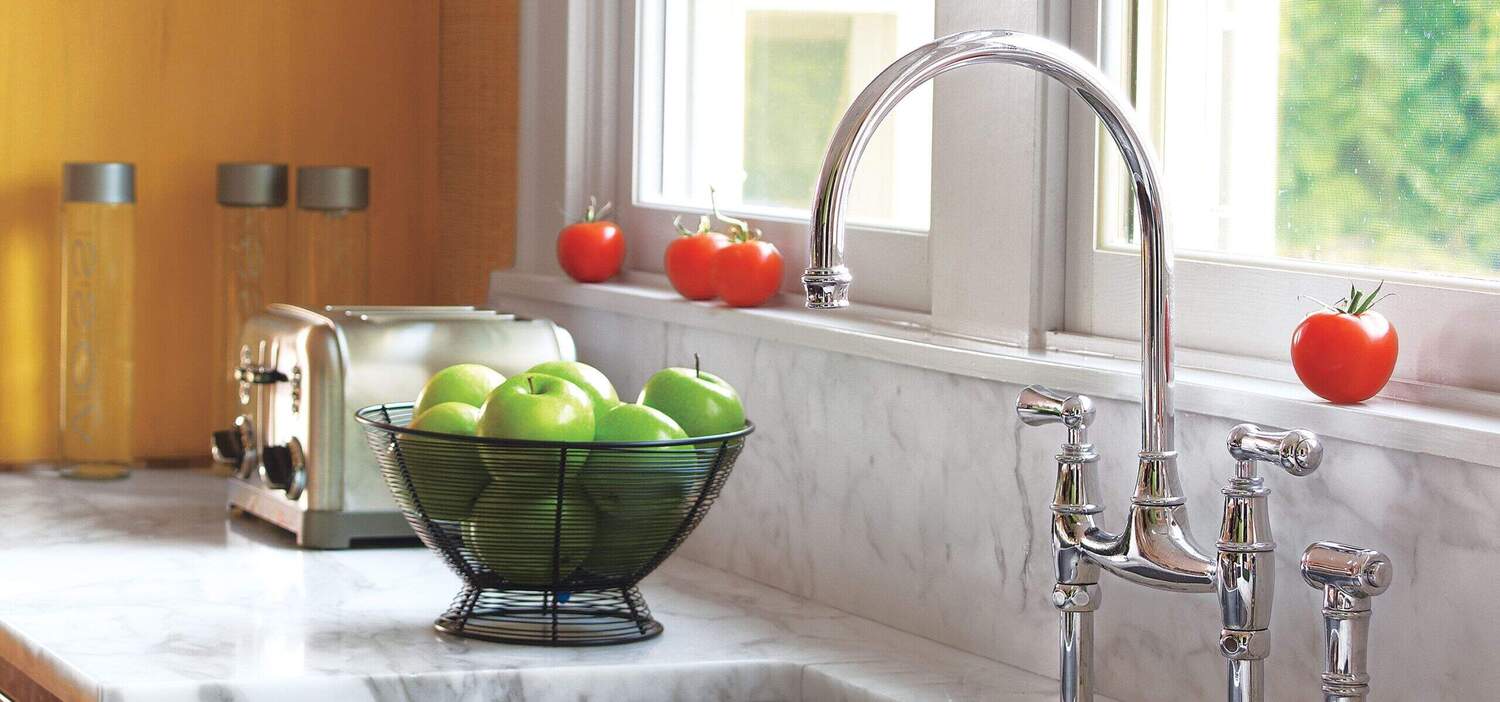
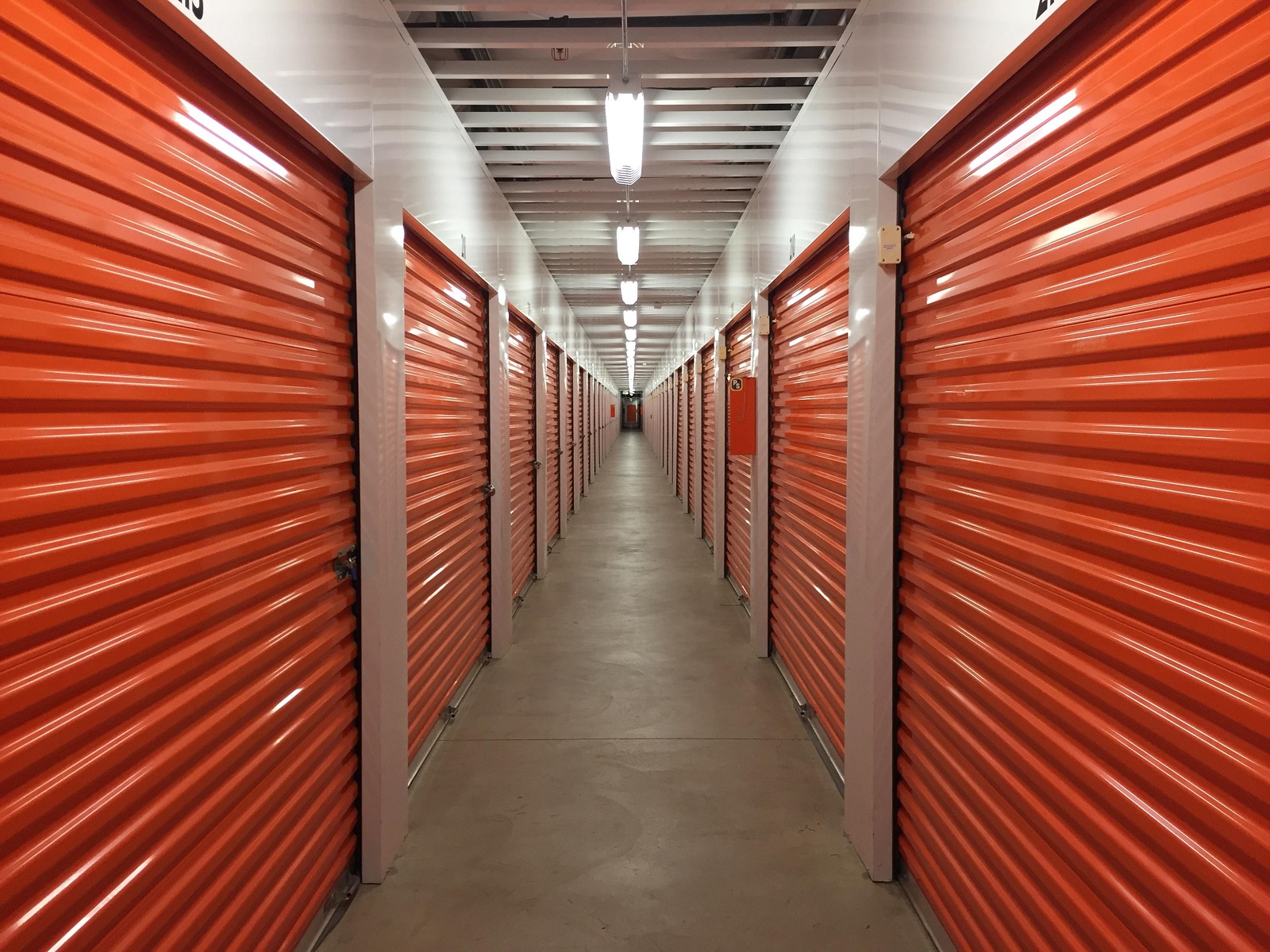
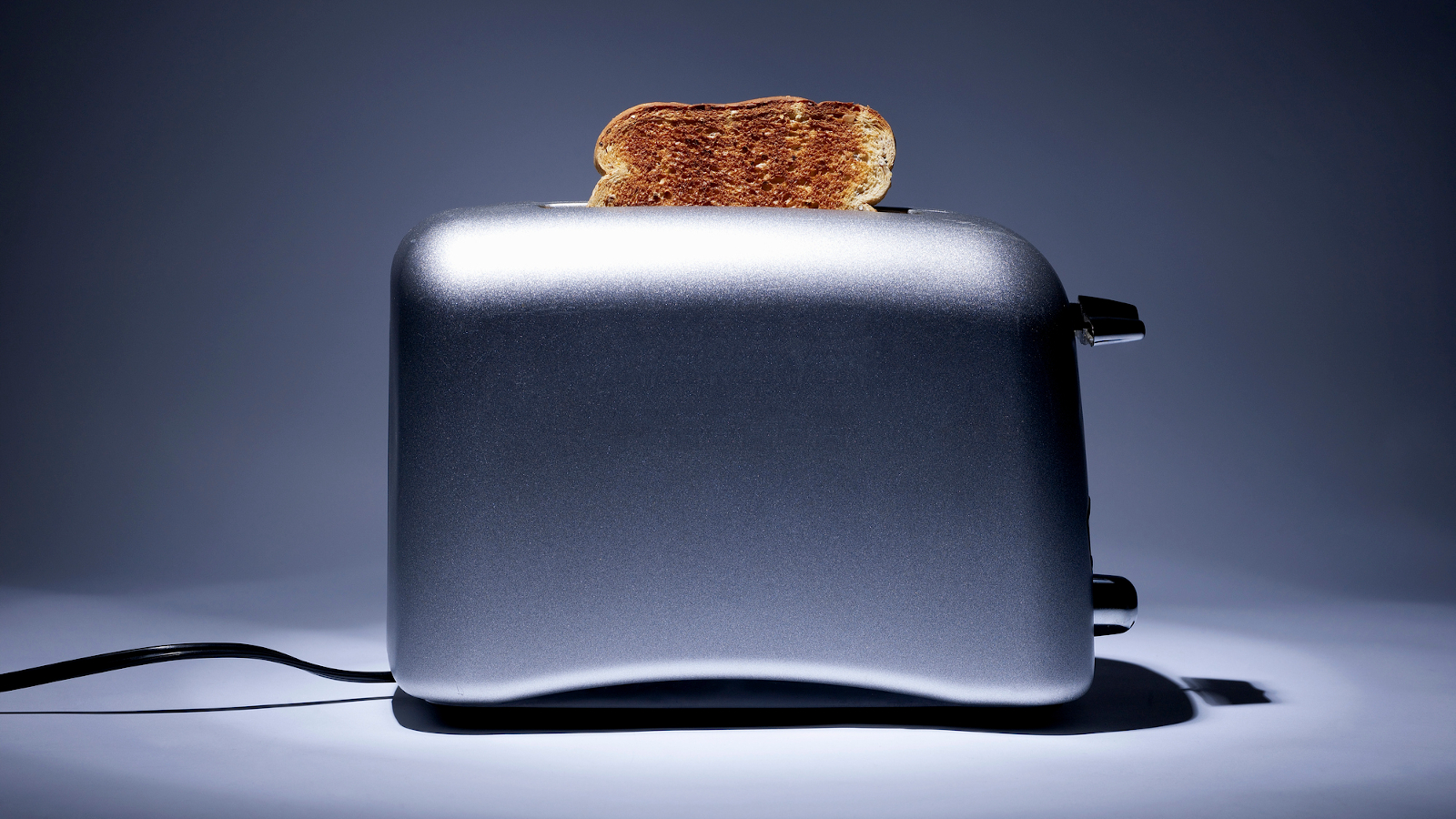


0 thoughts on “How Does Fireplace Work”